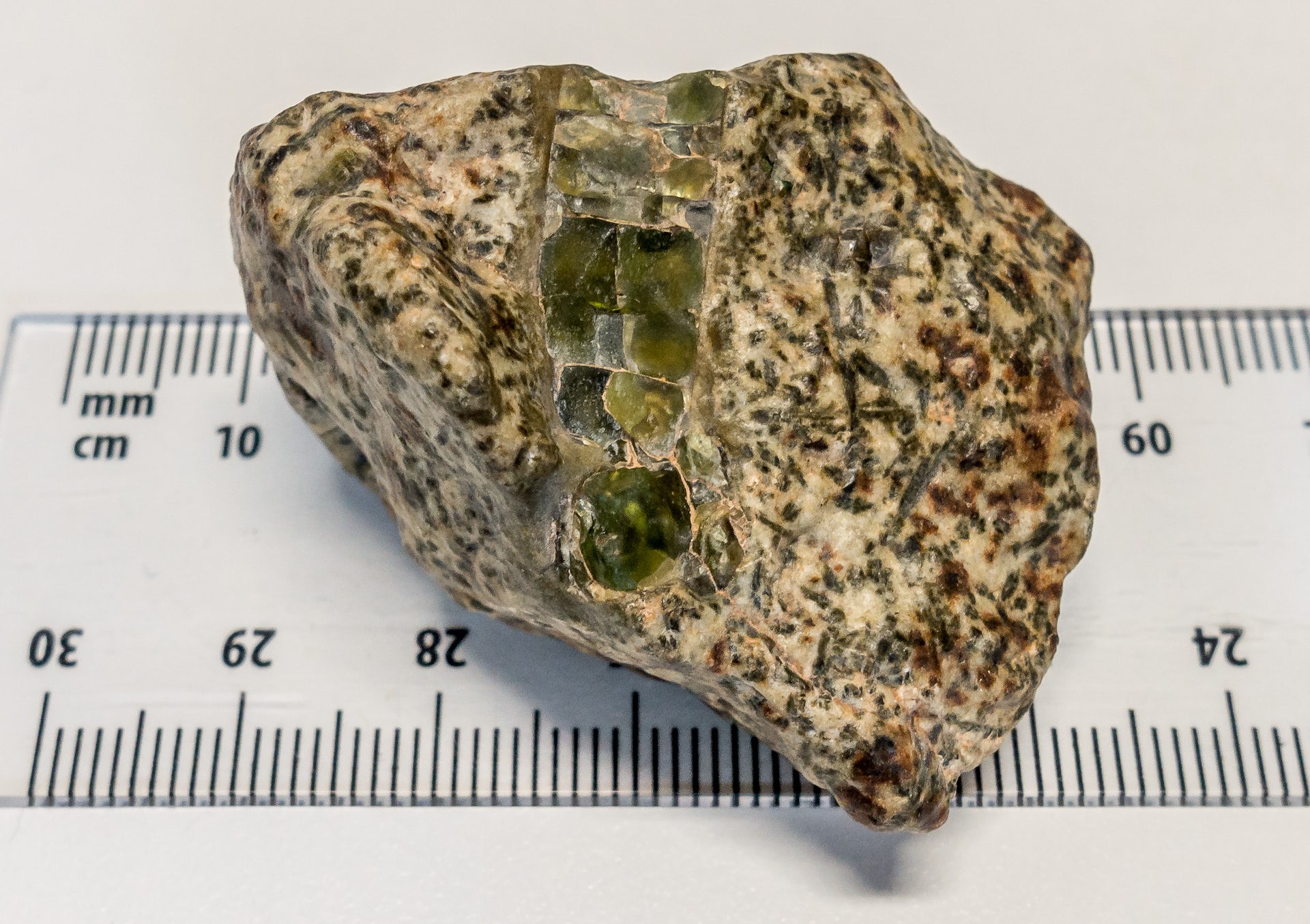Unusual rocks containing greenish crystals were discovered in the Erg Chech sand sea in the Sahara Desert in Algeria in May 2020. Upon examination, it was determined that these rocks were actually remnants of a meteorite called Erg Chech 002, which is the oldest volcanic rock ever found. The meteorite melted long ago on an ancient protoplanet that no longer exists.
New research published in Nature Communications analyzed lead and uranium isotopes in Erg Chech 002 and determined that it is approximately 4.56556 billion years old, with a margin of error of 120,000 years. This is one of the most precise age calculations for an object from space and challenges some common assumptions about the early Solar System.
The study focused on the decay of aluminum-26, a radioactive isotope that is useful for dating events within the first few million years of the Solar System’s existence. Aluminum-26 is also believed to have been a significant source of heat in the early Solar System, influencing the melting of rocks that eventually formed planets.
To gain a better understanding of how aluminum-26 was distributed in the early Solar System, researchers combined data on aluminum-26 with data on uranium and lead isotopes. Uranium-235 and uranium-238 decay into lead-207 and lead-206, respectively, and their longer half-lives allow for more accurate dating of events.
Erg Chech 002 belongs to a group of rocks called “ungrouped achondrites,” which are formed from melted planetesimals. While many achondrites found on Earth have identifiable sources, Erg Chech 002 and other ungrouped achondrites have unknown parent bodies and family relationships.
The study found that Erg Chech 002 contains high levels of lead-206 and lead-207, as well as significant amounts of undecayed uranium-238 and uranium-235. By measuring the ratios of these isotopes, researchers were able to estimate the age of the rock with unprecedented accuracy. Comparisons with other achondrites, particularly volcanic angrites, revealed that the parent body of Erg Chech 002 had three to four times more aluminum-26 than the source of the angrites’ parent body. This suggests that aluminum-26 was distributed unevenly in the early Solar System.
These findings contribute to a better understanding of the early stages of the Solar System’s development and the geological history of forming planets. Further studies on different groups of achondrites will continue to enhance our knowledge of the early history of the Solar System.


